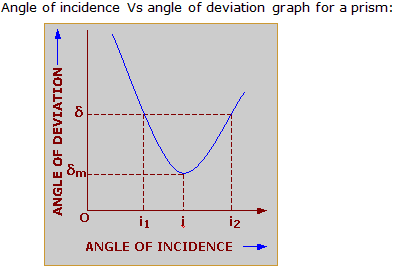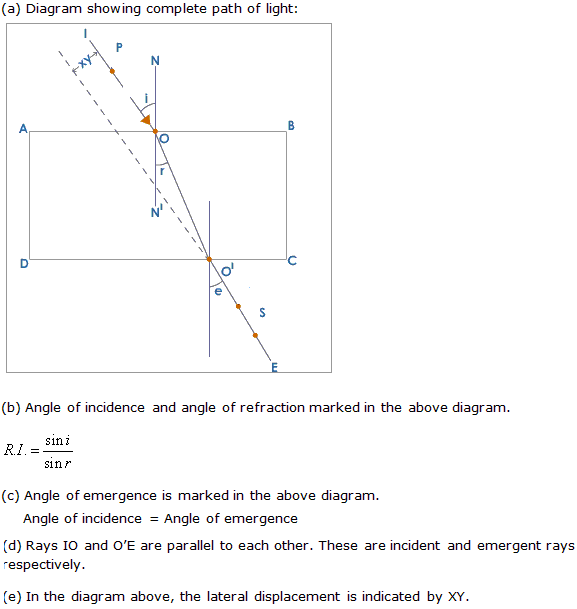Class 10 FRANK Solutions Physics Chapter 2.1 - Refraction and Total Internal Reflection of Light
Revise Frank Solutions for ICSE Class 10 Physics Chapter 2.1 Refraction and Total Internal Reflection of Light to strengthen your Physics knowledge. Our textbook solutions cover accurate answers to understand Snell’s law, refraction, refractive index etc. Through our Frank Solutions, TopperLearning’s experts guide you in plotting accurate graphs such as the graph of the angle of incidence versus the angle of reflection.
In addition, relearn the principle of reversibility of light and the concept of angle of deviation with our ICSE Class 10 Physics textbook solutions. For Physics exam preparation, you can access our video lessons, online practice tests and mock exam papers.
Refraction and Total Internal Reflection of Light Exercise 88
Solution 1
Solution 2

Solution 3
Solution 4
Solution 5
Solution 6
Solution 7
Solution 8

Solution 9

Solution 10
Solution 11
Solution 12
Solution 13
For e.g. if light travels from air to water along a certain path, then if the path is reversed while travelling from water to air, it will follow exactly the same path.
Solution 14

Solution 15
Solution 16
n21 = Speed of light (v1) in first medium / speed of light (v2) in second medium
The refractive index of glass is typically around 1.5, meaning that light in glass travels at
c / 1.5 = 200,000 km/s. A low value of refractive index also indicates a large critical angle at the glass-air interface.
Solution 17
Solution 18
Solution 19
(i) The angle of incidence
(ii) The material of prism
(iii) The angle of prism
(iv) The colour of wavelength of light used.
Solution 20
(c) Diamond
Solution 21
Solution 22
Ray B is the correct refracted ray because a ray of light travelling from air (rarer medium) to water (denser medium) will bend towards the normal.
Solution 23
The correct path is that of ray 'B'.
Refraction and Total Internal Reflection of Light Exercise 89
Solution 24
Solution 25
(i) The colour (or wavelength) of light.
(ii) The temperature (on changing the temperature of medium, its refractive index changes).
Solution 26
(i) more than 45o for red light.
(ii) less than 45o for blue light.
Solution 27
(a) towards the normal.
(b) away from the normal.
(c) 2/3.
Solution 28
Total internal reflection: When a ray of light travelling from an optically denser medium to an optically rare medium is incident at an angle greater than the critical angle for the pair of media in contact, the ray is totally reflected back into the denser medium. This phenomenon is referred as total internal reflection.
The two necessary conditions for total internal reflection to take place are:
1. The light ray must proceed from denser to rarer medium.
2. Angle of incidence in denser medium should be greater than the critical angle for the pair of media in contact.
Relation between critical angle and r.i.: The critical angle can thus be calculated by taking the inverse-sine ratio of speed of light in denser medium and the speed of light in rarer.

Solution 29
Solution 30
Ray diagram showing refraction of light through a glass slab:

Solution 31
(i) When total internal reflection occurs, the entire light (100%) is reflected back into the denser medium, whereas in ordinary reflection from plane mirror, some light is refracted or absorbed (i.e. reflection is partial).
(ii) Total reflecting prism gives a much brighter image than that obtained by using the plane mirror.
Solution 32



